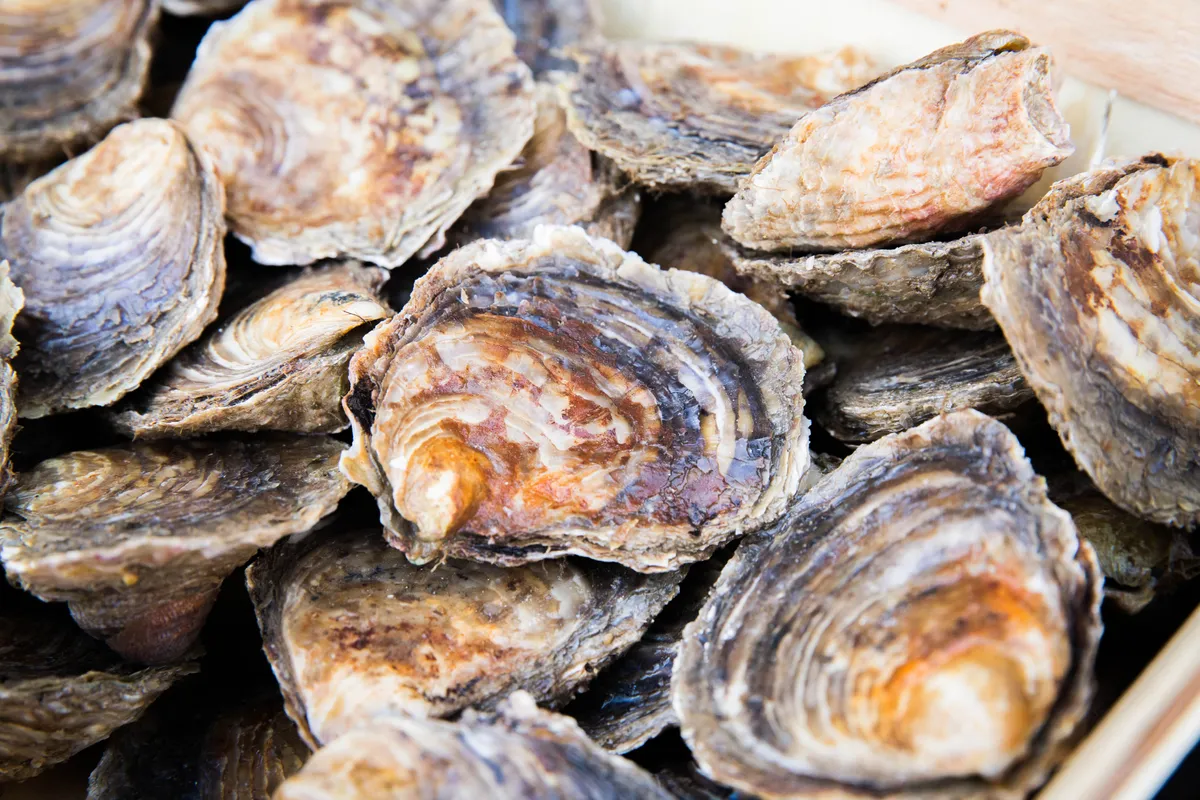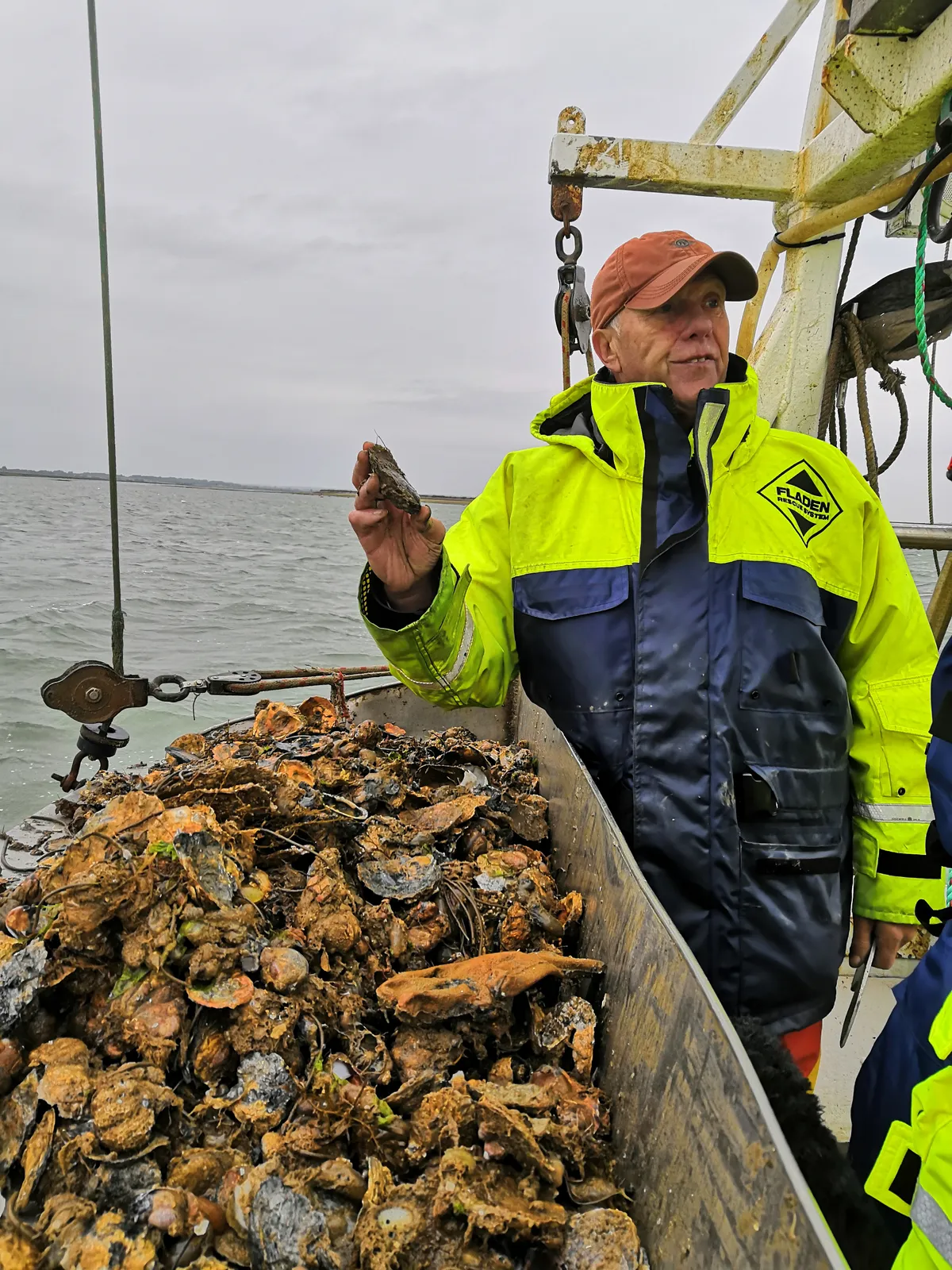A conservation partnership is underway to create a Mother Oyster Sanctuary in Essex which will help restore the native British oyster.
The work involves placing crushed ‘recycled’ shells onto the estuary floor. These shells are from breeding oysters in Mersea that are sold in Borough Market. This a vital stage in the conservation process as the oysters need a hard surface shells and stones to grow.
When the “clutch laying” process is complete, the adult females or ‘mother oysters’ are then laid. If conditions are right, then they will spawn in a number of weeks and complete first stages of a native oyster’s life cycle.

“It may not be glamorous work, but laying ‘mother oysters’ at the right time is vital to the success of the restoration programme, and therefore vital for the survival of this native British species,” says Alison Debney, ZSL’s senior conservation programme manager for UK and Europe.
“The Essex Native Oyster Restoration Initiative (ENORI) has moved more than 25,000 native oysters to Essex estuaries, as well as ensuring that fishing in the area is prohibited until the oyster stocks have sufficiently recovered and are able to withstand sustainable harvesting.”

Despite being an iconic species, native oysters have suffered a 95 per cent decline in population over the last 200 years as a result of habitat loss, pollution and introduced diseases.
“We are delighted that this exciting project is evolving into its next phase,” says Rachel Langley, the Living Seas Co-ordinator at Essex Wildlife Trust, “and we have no doubt that the outcome of ENORI’s pioneering restoration work will be extremely positive for the native oyster population and subsequently the marine ecosystem in Essex.”
Oysters are ‘ecosystem engineers’, as they are able to create conditions which are suitable for a number of species to flourish.
Main image: Native oyster. © ZSL